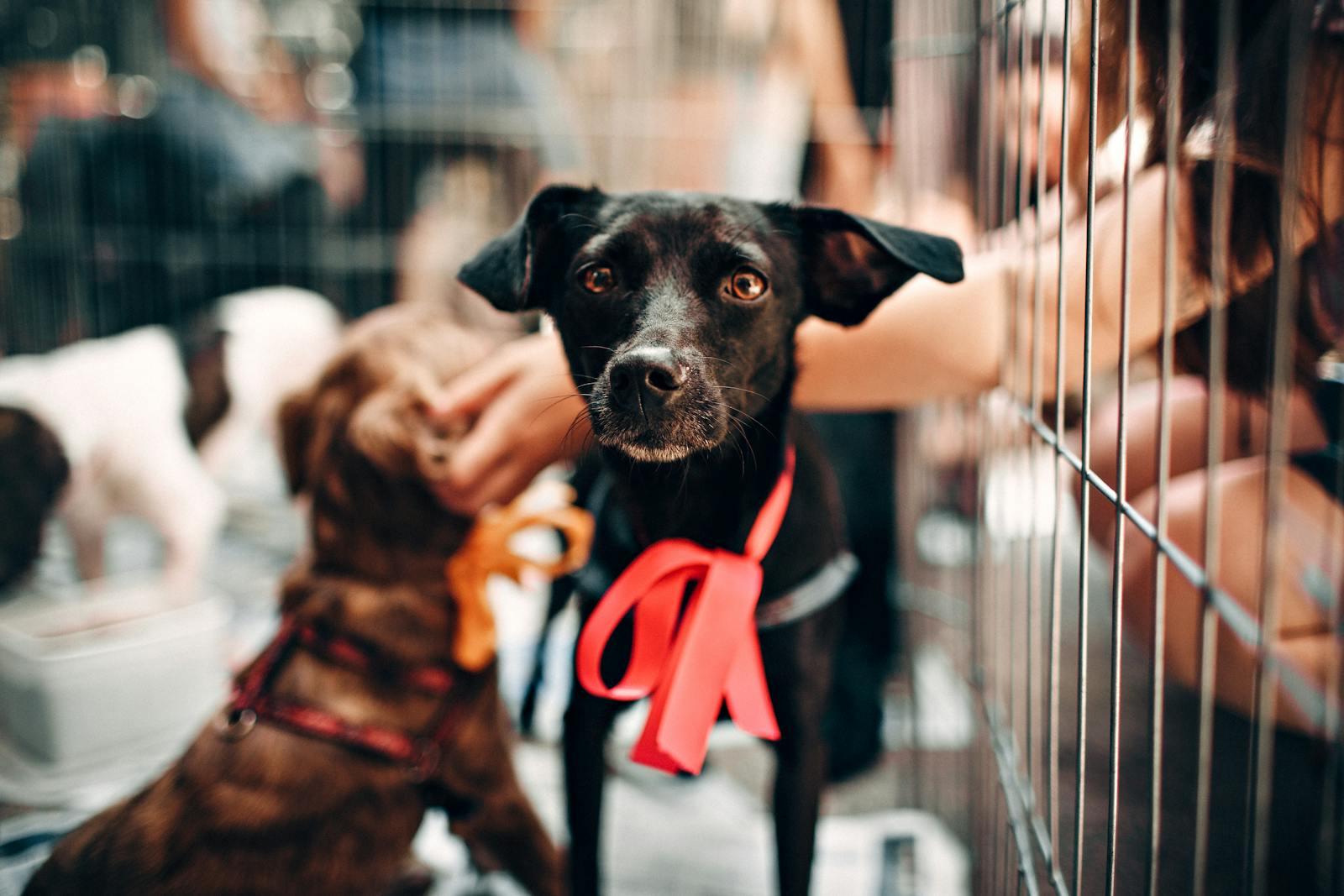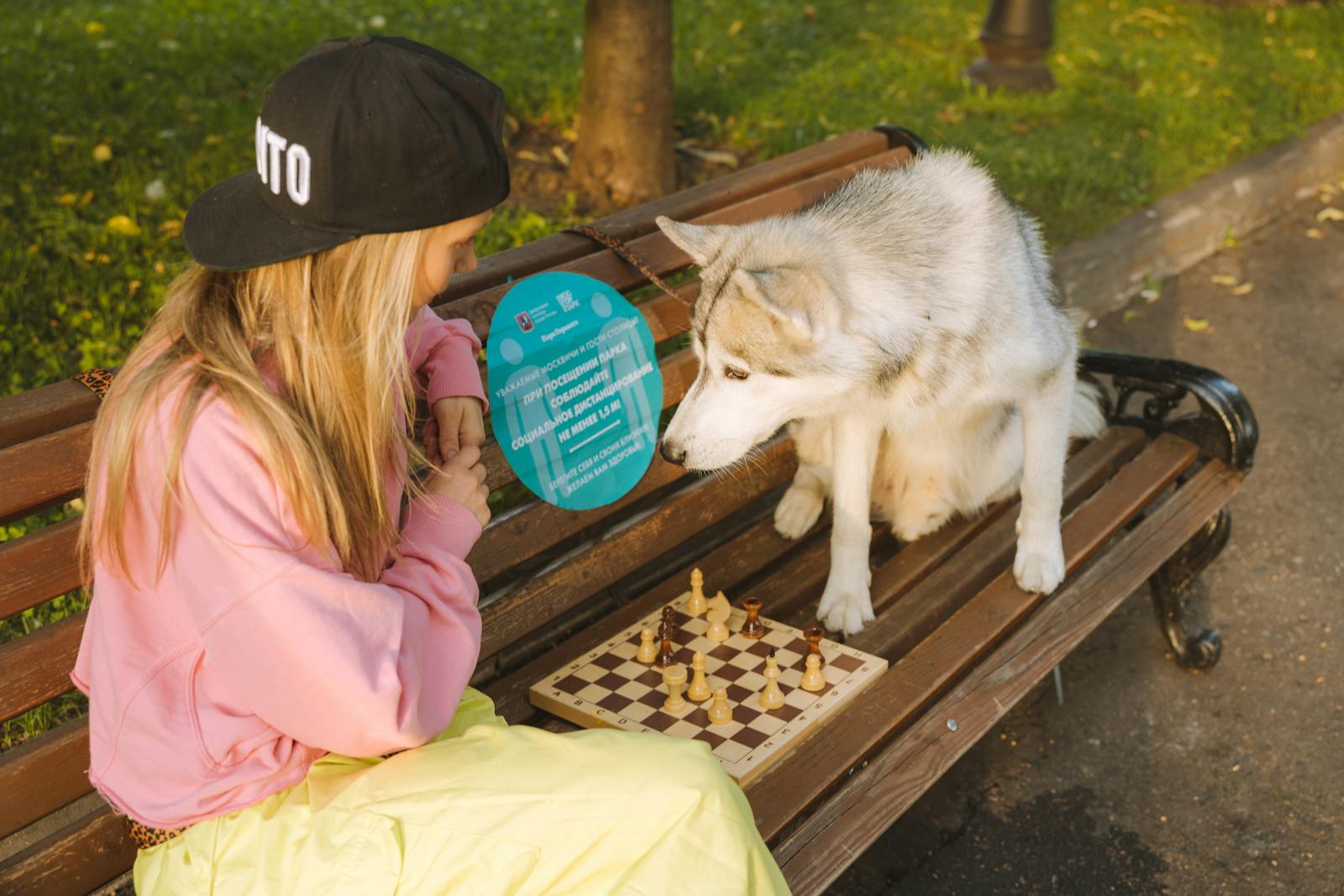How to Choose the Right Obedience Training Method for Your Dog
1. Understanding Your Dog’s Personality
Before diving into specific training methods, it’s crucial to assess your dog’s personality traits. Just as with humans, every dog has individual temperaments that influence how they learn.
- Assess Energy Levels: Is your dog high-energy or more laid-back? High-energy dogs may thrive with training methods that include play and physical activity, while calmer dogs may do well with structured sessions.
- Evaluate Socialization Needs: Does your dog flourish in social situations, or do they prefer solitude? This will help determine whether group classes or personalized one-on-one training sessions would be the best fit.
By taking the time to observe these traits, you can choose a method that resonates with your dog’s natural behaviors and tendencies.
2. Popular Training Methods Explained
Several popular obedience training methods are available, each with its own philosophy and techniques. Here are some you might consider:
- Positive Reinforcement: This method rewards your dog for exhibiting desired behaviors with treats, praise, or toys. It fosters a strong bond between you and your dog while promoting the repetition of good behavior.
- Clicker Training: A specific form of positive reinforcement that uses a clicker as a marker to signify correct behavior. The sound of the clicker helps reinforce learning by indicating immediate reward timing.
- Traditional (Dominance-Based) Training: This approach focuses on establishing control through corrections rather than rewards. While some may find success with this method, it can sometimes lead to fear-based responses, especially in sensitive dogs.
- Relationship-Based Training: Emphasizes building trust and communication between you and your dog before introducing commands. This method is particularly beneficial for anxious or fearful dogs.
Understanding these different approaches will help you make an informed decision that aligns with the needs of both you and your pup!
3. Consider Your Own Lifestyle
Your lifestyle plays a vital role in determining which obedience training method suits you and your dog best:
- Time Commitment: Some methods require daily practice sessions, while others may only necessitate weekly classes. Be honest about how much time you can realistically dedicate to training.
- Consistency Requirements: Certain approaches, such as traditional dominance-based training, may need strict adherence to techniques, whereas positive reinforcement allows for more flexibility, accommodating both your moods and your dog’s.
Reflecting on how much time you are willing—and able—to invest can significantly narrow down your options.
4. Research Local Resources
Once you’ve identified training styles that appeal to both you and your dog’s personality and lifestyle, it’s time for some research. Finding local resources ensures access to tailored support during your training journey:
- Professional Trainers vs. DIY Classes: Decide if you prefer guidance from certified trainers specializing in specific methodologies, or if you would rather explore self-directed online courses or reading materials at home.
- Group Classes vs. Private Sessions: Group classes provide socialization opportunities, while private lessons offer personalized attention but may come at a higher cost per session. Weigh your budget and training needs carefully!
Utilizing online reviews and recommendations from fellow pet owners can help you find reputable trainers and resources worth exploring.
5. Trust Your Instincts
Ultimately, the most critical factor in selecting an obedience training method is trusting your instincts. You know yourself and your pup better than anyone else, so listen closely as you weigh your options:
- Watch for Red Flags: During initial interactions, if something doesn’t feel “right,” don’t hesitate to explore alternatives until you find a method that feels comfortable for both you and your dog.
- Be Patient: Remember that patience and progress go hand in hand. Expect bumps along the way, but celebrate small victories during each step of your training adventure!
By thoughtfully choosing from various options while staying attuned to the connection you and your dog share, you’re setting the stage for a relationship filled with joy and newly acquired skills.
What experiences have you had with different dog training methods? We’d love to hear your thoughts and any tips you may have for fellow dog owners in the comments below! If you found this guide helpful, please share it with others!
news via inbox
Nulla turp dis cursus. Integer liberos euismod pretium faucibua





